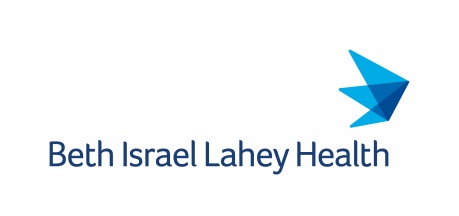Newswise — BOSTON – Emergency department usage in Massachusetts rose slightly both during and immediately after implementation of a 2006 state law expanding health care access, a sign that broader availability of insurance may increase use of the ED, Beth Israel Deaconess Medical Center researchers report in a study published in the Annals of Emergency Medicine.
The review of 13.3 million visits from 2004-2009 suggests multiple factors – including access to primary care, pent up demand for health care services, and the 24-hour availability and perceived efficiency of care in the ED – must also be weighed in assessing the likely impact of the federal Affordable Care Act on ED use.
“Increasing the rate of insurance may have reduced financial barriers to care while minimally impacting barriers to accessing timely care outside the emergency department,” says lead author Peter B. Smulowitz, MD, MPH, an emergency physician at BIDMC and an Assistant Professor of Medicine at Harvard Medical School.
Writing in the Annals in an article published online March 20, Smulowitz and colleagues found ED usage increased by as much as 1.2 percent between Oct. 1, 2006 and Sept. 30, 2007 after Massachusetts implemented its first-in-the-nation law to increase health care access. That rose to a 2.2 percent increase in ED usage for the period that ended Sept. 30, 2009.
The data included all ED visits in Massachusetts submitted annually from 69 acute care hospitals, accounting for approximately 2 million outpatient ED visits, 850,000 inpatient admissions and 150,000 observation stays.
Overall ED visits by the uninsured under the age of 65 decreased from 9.5 percent of overall visits before health reform to 5.7 percent of the visits after implementation, the study found. ED visits from those 65 and older remained steady at about 1 percent while free care visits for the under 65 population decreased from 6.7 percent before reform to 3.8 percent after.
“Not unexpectedly, these findings were concentrated in areas of the state that were most impacted by health reform and were not present for the population that was covered by Medicare,” Smulowitz wrote.
One of the biggest factors in the increase in ED usage is the lack of other options for patients, beginning with the availability of doctors.
“While primary care access remains limited in Massachusetts, the reality is most states have an even higher percentage of uninsured residents and less access to primary care,” says Smulowitz. “That means it is likely those states may see an even larger increase in ED use.”
“Our findings are consistent with a recent study of Medicaid expansion in Oregon that also demonstrated a substantial increase in ED use by those who obtained insurance,” says senior author Bruce Landon, MD, MBA, of the Department of Health Care Policy of Harvard Medical School.
“This growing body of evidence suggests that as the Affordable Care Act is implemented, states, particularly those expanding their Medicaid programs, and providers of emergency care should anticipate increased demand from patients and plan accordingly.”
The study also confirms other recent data that the percentage of ED visits made by the uninsured is proportional to the rate of uninsured in the population, although the reasons for ED visits differ between those who have insurance and those who do not.
“The drivers of ED use are multifactorial, encompassing enabling factors like transportation, 24-hour availability, the ability to take time off from work or find suitable child care, distance to the nearest ED or primary care provider as well as the perceived efficiency, technologic expertise and quality of ED care.”
In addition to Smulowitz and Landon, authors include: Xiaowen Yang, PhD, Massachusetts Institute of Technology; and James O’Malley PhD of The Dartmouth Institute for Health Policy and Clinical Practice at the Geisel College of Medicine.
Smulowitz received a grant from the Charles A. King Trust Postdoctoral Research Fellow Program and the Eleanor and Miles Shore Fellowship Program for Scholars in Medicine. The authors have no conflicts of interest to report.
Beth Israel Deaconess Medical Center is a patient care, teaching and research affiliate of Harvard Medical School, and currently ranks third in National Institutes of Health funding among independent hospitals nationwide.
BIDMC is in the community with Beth Israel Deaconess Hospital-Milton, Beth Israel Deaconess Hospital-Needham, Beth Israel Deaconess Hospital-Plymouth, Anna Jaques Hospital, Cambridge Health Alliance, Lawrence General Hospital, Signature Health Care, Commonwealth Hematology-Oncology, Beth Israel Deaconess HealthCare, Community Care Alliance, and Atrius Health. BIDMC is also clinically affiliated with the Joslin Diabetes Center and Hebrew Senior Life and is a research partner of Dana-Farber/Harvard Cancer Center. BIDMC is the official hospital of the Boston Red Sox. For more information, visit www.bidmc.org.
MEDIA CONTACT
Register for reporter access to contact detailsCITATIONS
Annals of Emergency Medicine
